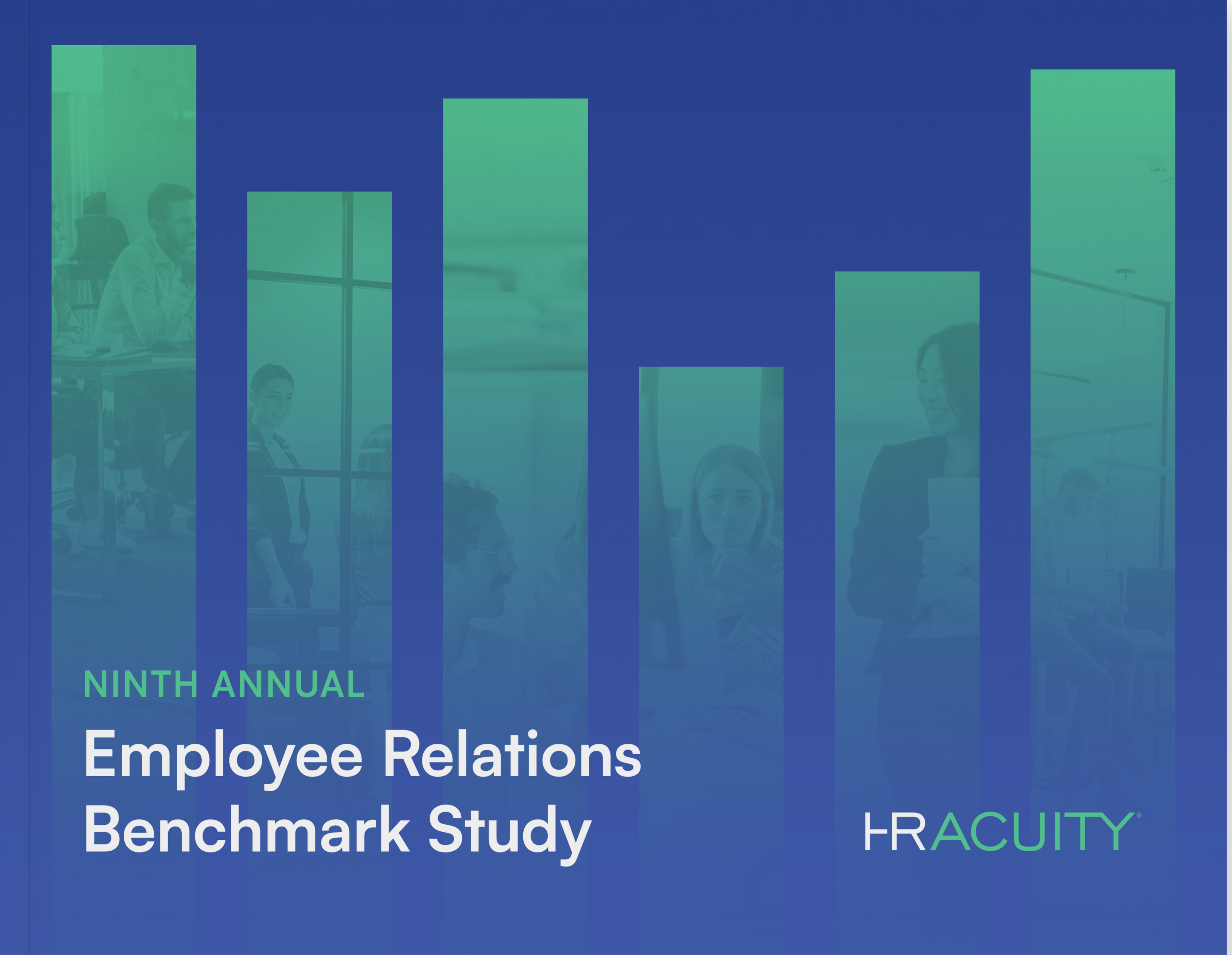On March 19, 2025, the Equal Employment Opportunity Commission (EEOC) issued new guidance on what it calls “DEI-related discrimination,” reinforcing that Title VII protections apply equally to all employees, regardless of race, gender, or other protected characteristics.
Historically, discrimination claims under Title VII have focused on protecting historically marginalized groups—women, racial minorities, older workers (40+), and individuals facing discrimination based on marital status, gender identity, or disability.
The EEOC’s latest position makes it clear that all employees, regardless of background, are equally protected. The agency claims this has always been its stance, but in practice, proving discrimination against historically advantaged groups often required showing heightened evidence for “reverse discrimination” claims. Now, the EEOC has made it clear: discrimination is discrimination, and the same legal standard applies across the board, no matter who the harmed party is.

What to Expect: More Claims, More Scrutiny, More Lawyers, More Confusion
For Employee Relations (ER) professionals, this is a big shift—and while I wish it weren’t the case, it will almost certainly mean there will be more claims. And not just DEI-related claims, but claims across the board.
Many organizations have already started reviewing their DEI policies in response to changes introduced by this administration. But this isn’t just about DEI anymore. It’s about rethinking how we handle all employee concerns—not just those tied to diversity initiatives.
Hiring, promotions, disciplinary actions, and terminations will face heightened scrutiny if employees believe they were treated unfairly. Some claims will be valid. Some won’t be. But all of them will need to be investigated, well documented, and addressed with consistency across the board.
And don’t forget about retaliation claims. They are already the most common EEOC complaint, and they’re often easier to prove than the original discrimination claim.
These will also continue to rise.
On top of that, I fully anticipate that many plaintiff attorneys are going to jump on this. Just as personal injury lawyers built an industry around lawsuits, we’re likely to see more “personal discrimination attorneys” looking to make their mark.
And if history tells us anything, we should expect shifting interpretations as cases make their way through the courts.
In the workplace, managers and employees will be confused about their rights and responsibilities. This will also undoubtedly cause more workplace conflict.
We must get ahead of this. Now is the time for ER professionals to step up and show why we are business critical during these unpredictable times.
So, what should ER be doing right now to prepare?
1. Standardized and Consistent Investigatory Processes: A Must
ER teams have always been responsible for ensuring fairness and consistency in employment actions. But now, standardized, structured investigation processes are not optional—they are essential.
HR Acuity’s Employee Relations Benchmark Study shows that many organizations still lack fully standardized investigation processes, with only 58% reporting that they follow a consistent approach.
If your organization already has structured ER processes for conducting investigations, double down on consistency. If you don’t, it’s time to put them in place.
If you’re looking for resources, HR Acuity’s blog can provide guidance. empowER, the Employee Relations community, is also a great place to connect with other ER leaders and learn best practices.
2. Managers Handle Most Employment Decisions—And That’s a Risk
It’s not just about the big investigations—day-to-day employment decisions and their implications will require far more oversight.
Here’s the challenge: Most of these decisions—like performance management, time and attendance issues, and disciplinary actions—are handled by managers, not HR.
And that’s a problem.
Most managers aren’t trained to document properly, and many don’t think about documentation at all—until it’s too late. Only 2% of ER professionals surveyed are “very confident” that their people leaders have the skills needed to appropriately handle these issues, according to HR Acuity’s People Leaders and the Gap in Managing Employee Issues research.
Now is the time to start getting that right. ER teams need to ensure that:
- Managers are trained to document employment actions properly
- There is visibility into how day-to-day decisions are made and documented
- ER can review employment actions proactively—before they become legal claims
Without the proper tools for and accountability from our managers, organizations leave themselves open to risk.
3. Documentation and Data: Your Best Defense
If an employee files a claim, it’s not enough to say you made a fair decision—you need to prove it. And as regulations shift from month to month, documentation is the only way to show compliance at the time a decision was made and to provide evidence and data that demonstrates consistent, fair treatment across the organization.
But documentation isn’t just about writing things down—it must be easily accessible, properly managed, and legally sound.
- It must be available—immediately. If you’re still relying on paper files or scattered documents, you’re already behind. Documentation should be readily accessible, no matter who leaves the company or how much time has passed.
- It must be reviewed before there’s a claim. Organizations should have a way to audit documentation and employment decisions proactively to ensure they are appropriate, consistent, and defensible—before they escalate into legal disputes.
- It must be legally protected, properly designating documents under attorney-client privilege and placing legal holds when necessary. Mishandling this could mean key documentation isn’t protected when it matters most.
But documentation alone isn’t enough. Data is just as critical in ensuring ER teams can stay ahead of risk.
By analyzing trends and identifying predictive indicators, organizations can proactively address workplace concerns before they escalate. Data can also pinpoint inconsistencies that, if left unchecked, could open the door to legal risk.
- Are disciplinary actions consistent across teams?
- Are certain groups being impacted disproportionately?
- Are patterns emerging that indicate a systemic issue?
Catching these risks early—before an EEOC charge is filed—can make all the difference.
Simply put—documentation isn’t just about what you record, and data isn’t just about counting incidents. They are about ensuring you can access, analyze, and protect critical information when the stakes are high.
4. Proving ER’s ROI: Getting the Resources You Need
With claims on the rise, ER teams must be ready to demonstrate their value.
Just like we expect from every other function, tracking key ER metrics is essential—but numbers alone aren’t enough. Boards and senior leaders should be asking for this data, because the risk to the business has never been higher.
- Do you have clear, measurable data on employee relations trends?
- Can you benchmark your ER function against industry standards—and across different areas of your own organization?
- Are you proactively identifying patterns before they turn into legal issues?
In a recent white paper and webinar, I introduced the top 10 KPIs ER should be tracking to quantify ER’s impact. These aren’t just numbers—they help tell the story of how ER protects and strengthens the organization.
And that story is more important than ever.
Case volume is increasing, but according to this year’s HR Acuity Employee Relations Benchmark Study, most organizations do not expect to add ER resources—even as legal and compliance risks rise.
This is a mistake.
Having concrete data that shows how ER mitigates costly legal risk and strengthens workplace culture can be the key to getting the staffing and resources you need.
Now is the time to have a robust ER function that is equipped to handle the increased demand. Good tracking, trending, and benchmarking aren’t just nice-to-haves—they are critical to proving ER’s value and securing investment.
5. A Word About AI: Proceed with Caution
In the rush to streamline processes, some organizations may turn to AI to help with investigations, documentation, and case management. That’s understandable—but it’s also a huge risk if done carelessly.
This is not the time to deploy legally untested AI technology that shortens or automates key parts of an investigation.
Organizations must tread carefully. AI should not replace critical human elements like empathy, judgment, and context. Investigations are complex, and rushing to use AI tools that promise faster resolutions by cutting corners could lead to even bigger legal headaches.
Use AI wisely—as a tool to enhance ER processes, not replace them. You can learn more about HR Acuity’s approach to AI here.
Final Thoughts
This EEOC guidance isn’t just another regulatory update—it’s a fundamental shift in how discrimination claims will be handled.
ER processes must be proactive, well-documented, and consistent.
This is yet another challenge for ER, but if history has taught us anything, it’s that we always rise to the occasion.
Now let’s get to work.




